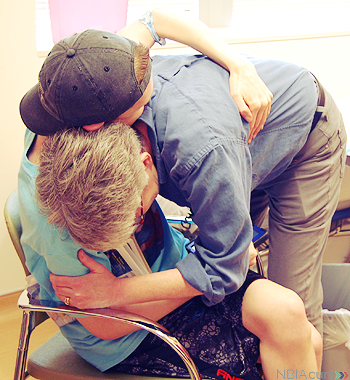 Following the diagnosis of NBIA, patients and their families face many challenges as they work to manage symptoms and make difficult medical decisions. Below are a few of the common medical questions our team often gets asked.
Following the diagnosis of NBIA, patients and their families face many challenges as they work to manage symptoms and make difficult medical decisions. Below are a few of the common medical questions our team often gets asked.
When is it time for a G-tube?
The decision to place a G-tube is often difficult for families, but we have found that once it has been placed and people begin to see its benefits, they are often relieved and glad that they decided to have it done….
What is a baclofen pump?
Baclofen is one of the most effective drugs for dystonia (involuntary muscle spasms) and spasticity (stiff or rigid muscles) in NBIA….
What is DBS?
DBS is a treatment used to provide relief to individuals experiencing painful muscle movements caused by dystonia (involuntary muscle spasms) and/or spasticity (stiff or rigid muscles)….
How do Botox injections help?
Botox injections contain botulinum toxin that is injected into muscles affected by dystonia (involuntary muscle spasms). Botox causes temporary weakness in the injected muscles and stops spasms….
What is a dystonic storm?
A dystonic storm consists of continuous, severe dystonic movements (involuntary muscle spasms) that can last anywhere from a few hours to several days or weeks….
Why does constipation occur?
Constipation occurs in individuals with a NBIA disorder due to the decreased activity and sedentary lifestyle caused by NBIA symptoms. It may also be a side-effect of the medications (and/or diet) used to treat NBIA….
What is GE Reflux?
Gastroesophageal reflux occurs when the contents of the stomach leak backwards into the esophagus (the tube the connects the mouth to the stomach). In many cases, we don’t know why individuals with NBIA develop GE reflux….
What is a chelating agent?
The chelating agent most commonly used by NBIA patients is deferiprone (Ferriprox). We currently don’t know how effective deferiprone is and how much brain iron it can remove….
Copyright © 2014 by NBIAcure.org. All rights reserved.